The small four-door car isn't entirely obsolete just yet.
Once upon a time, compact sports sedans were a beloved and dynamic category in North America, brimming with fierce competition from top-tier global automakers. Today though, many of these manufacturers have pivoted their attention away from conventional sedans towards crossover vehicles that emphasize practicality and elevated ground clearance rather than performance and sleek aesthetics. Nevertheless, thanks to Subaru and Mazda, the concept of an affordable, all-wheel-drive, spirited, and engaging compact sedan still has life left in it.
The Subaru WRX and the Mazda3 Turbo stand out as top choices within their segments. These models allow purchasers to experience the exhilarating joy of a budget-friendly performance car alongside sophisticated interiors and efficient yet potent powertrains. Now, we will examine if the Subaru’s manual gearbox and superior handling make it the better option, or if the Mazda’s elegant interior design and stylish appearance win our favor instead.
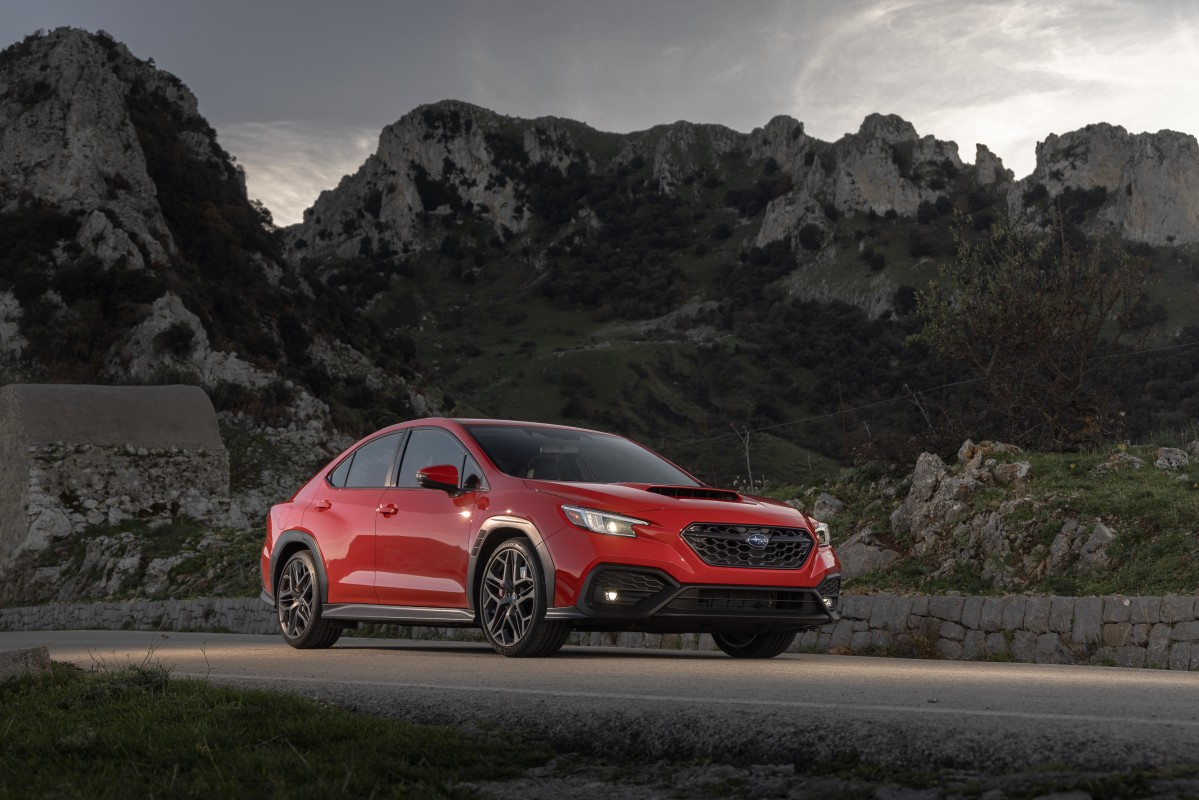
The Subaru WRX offers a more thrilling driving experience compared to the Mazda3 Turbo.
Even beyond the option to get the Subaru WRX with a six-speed manual gearbox while the Mazda3 Turbo comes exclusively with a six-speed automatic, the WRX offers a more enjoyable driving experience when pushed hard. Featuring its well-regarded Subaru Symmetrical All-Wheel Drive system, a robust 271-horsepower, 2.4-liter turbocharged boxer engine, and weighing slightly less than 3,400 pounds, the WRX boasts impressive credentials. Despite the Mazda3 Turbo’s enhanced, 2.5-liter inline-four engine producing up to 250 horsepower—slightly lower than the WRX’s 271—the former excels with greater torque output at 320 lb-ft compared to the WRX’s 258 lb-ft.
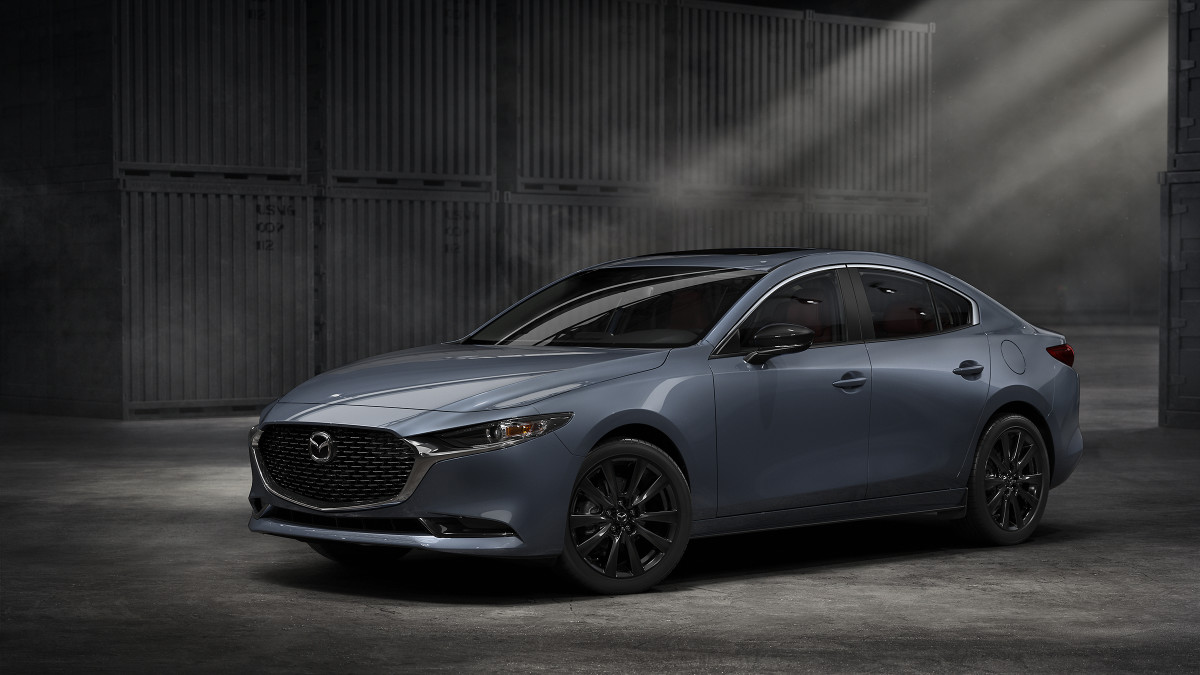
The substantial torque in the Mazda provides quick acceleration and easily accessible power whenever needed. Although it has 62 fewer lb-ft of torque compared to the Mazda3 Turbo, the WRX offers a smoother power delivery, resulting in a more consistent reaction during enthusiastic drives on winding routes or racetracks. Nonetheless, this comes with the trade-off of needing higher RPMs from the WRX engine to reach similar speeds as the Mazda would require. Consequently, the WRX proves to be considerably more enjoyable and instinctive to pilot purely for pleasure, whereas the Mazda3 Turbo is optimized for everyday urban commutes due to its superior tuning for local driving conditions.
The standard Subaru WRX leans much more toward providing an exhilarating driving experience than the Mazda3 Turbo, which prioritizes daily usability. Additionally, Subaru provides the WRX tS model, featuring STI-tuned adjustable shock absorbers, Brembo brakes, torque-vectoring capability, and various drive mode options, enhancing both excitement and control during drives. The brand’s accessory lineup includes components like sports exhausts, short shifters, and STI-branded gear knobs, underscoring the WRX's emphasis on thrilling experiences over practical considerations.
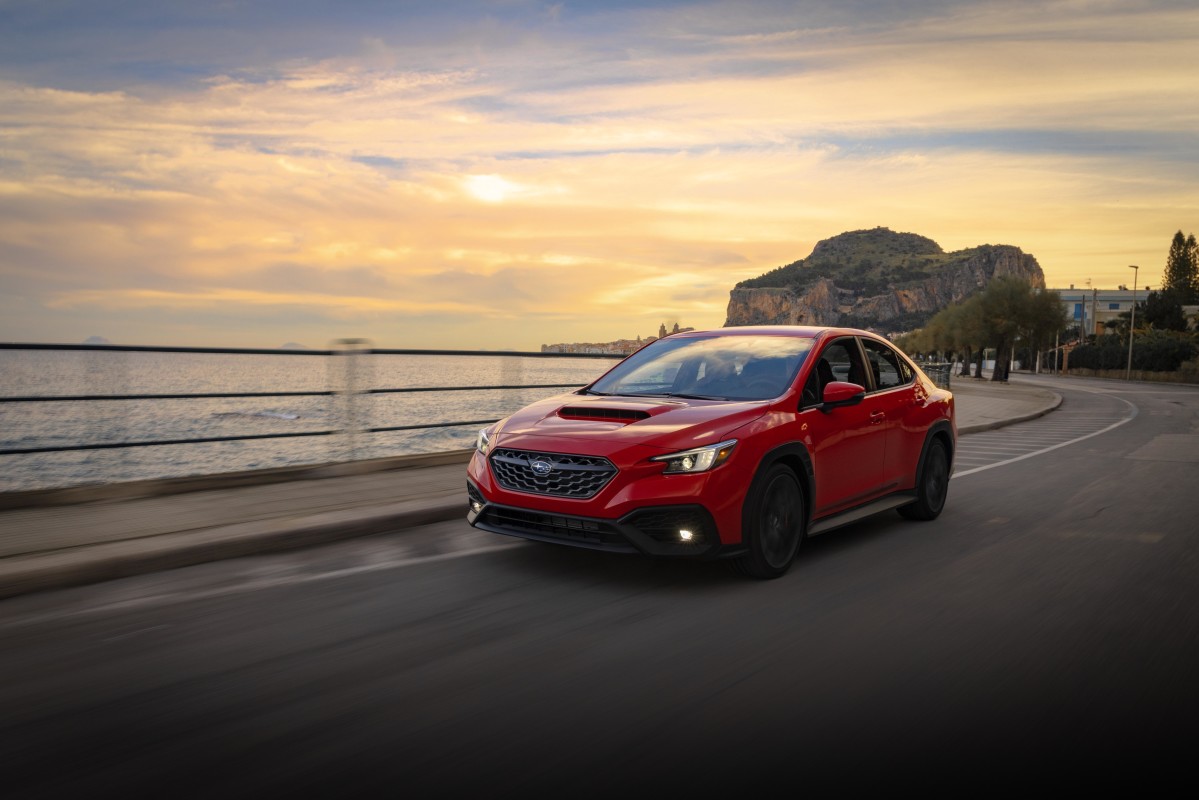
The Subaru WRX and Mazda3 Turbo come with almost the same suggested retail prices, yet the Mazda3 gives off a more upscale feel.
While the Subaru WRX emphasizes its sporty background, the Mazda3 Turbo focuses more on providing comfort and a luxurious experience. Exact prices for the 2025 Subaru WRX have not been announced; however, the starting price for the 2024 Subaru WRX model is set at $32,735. In comparison, the entry-level 2025 Mazda3 2.5 Carbon Turbo begins at only $32,300. Even though you save around $500 upfront with the Mazda3 Turbo, this lower-cost variant includes additional amenities when contrasted against the standard WRX. Specifically, although the foundational WRX offers fabric seats along with 17-inch metal wheels, the Mazda3 2.5 Carbon Turbo furnishes synthetic leather seating and larger 18-inch alloy wheels instead. Moreover, the Mazda3 Turbo outperforms the WRX regarding fuel efficiency, boasting an estimated combined mileage of 32 mpg on highways versus 23 mpg within urban settings—this contrasts sharply with the Subaru’s highway figure of 26 mpg and city performance of 19 mpg.
The Mazda3 Turbo doesn’t merely come across as “higher-end” compared to the WRX when looking at specifications alone. Once inside both cars, anyone who has driven them would quickly realize that the interior of the Mazda3 offers a much cozier environment. It’s evident from the moment one steps into the vehicle how substantially better the materials feel in comparison with those used in the WRX. Additionally, the infotainment display in the Mazda3 integrates flawlessly, whereas the system in the WRX appears sluggish and obtrusive; it seems to aspire to be akin to an iPad but ends up feeling more like an inexpensive imitation.

If you're looking for additional practical features, the Mazda3 Turbo is available as a hatchback as well.
At solusikaki.com, we have a soft spot for hatchbacks due to their exceptional combination of practicality and function alongside sedan-like handling and stylish design. The Mazda3 Turbo comes in a hatchback version too. While Subaru once offered the WRX as a hatchback, the iconic lift-back model hasn’t appeared in the WRX range since 2013. Even though the Mazda3 Sport Turbo hatchback offers slightly less visibility than its four-door sedan equivalent, it stands out as one of the finest looking hatchbacks available today. It may well be considered among the most visually captivating vehicles currently on the market, despite being very reasonably priced. For those seeking both utility and an attractive appearance, the Mazda3 Turbo hatchback emerges as a strong candidate worth considering.
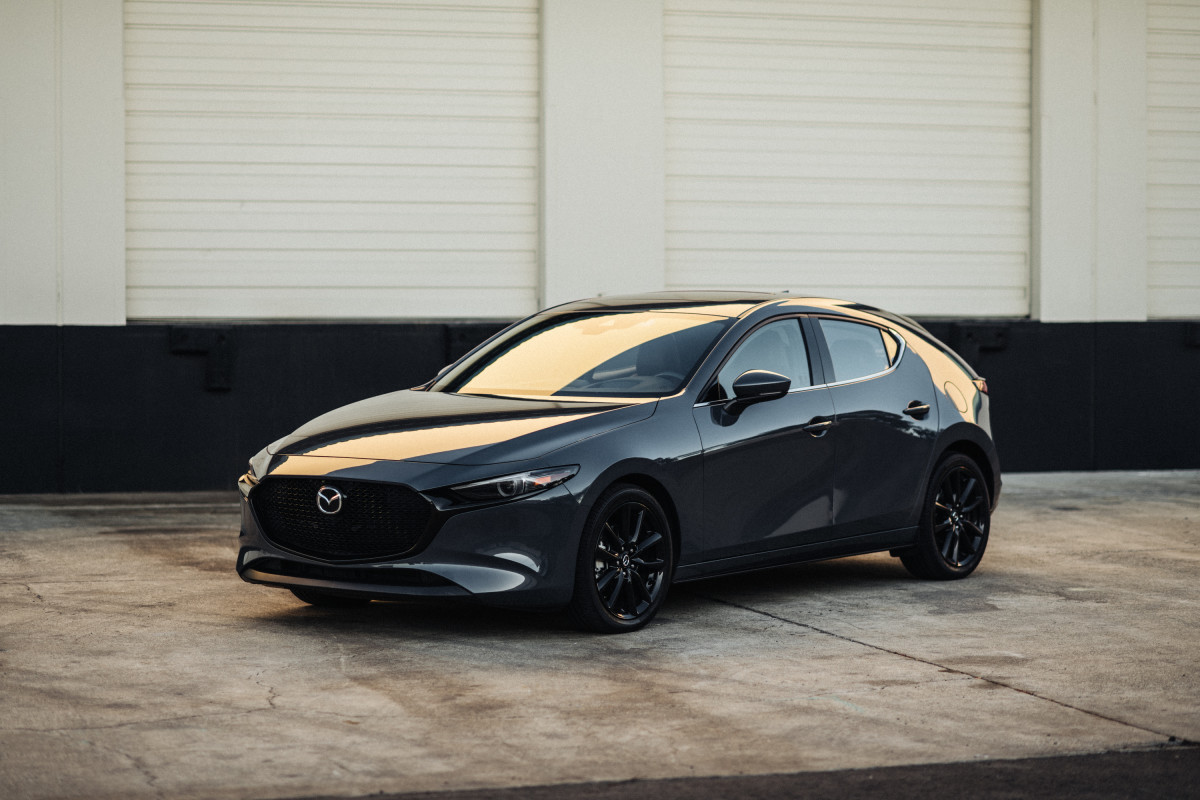
Final thoughts
In theory and when considered as a car used every day, the Mazda3 Turbo appears to outshine the Subaru WRX both in terms of cost-effectiveness and possibly performance too. However, once you actually get behind the steering wheel, this narrative changes completely. It’s worth noting that over several years, I worked in sales at a Mazda dealership where I developed a deep affection for the brand through personal experience with numerous models they produced. Additionally, I have enthusiastically promoted and sold various Mazda vehicles, such as the Mazda3 Turbo, to multiple relatives who not only enjoy using these cars but continue to be devoted fans of the marque.
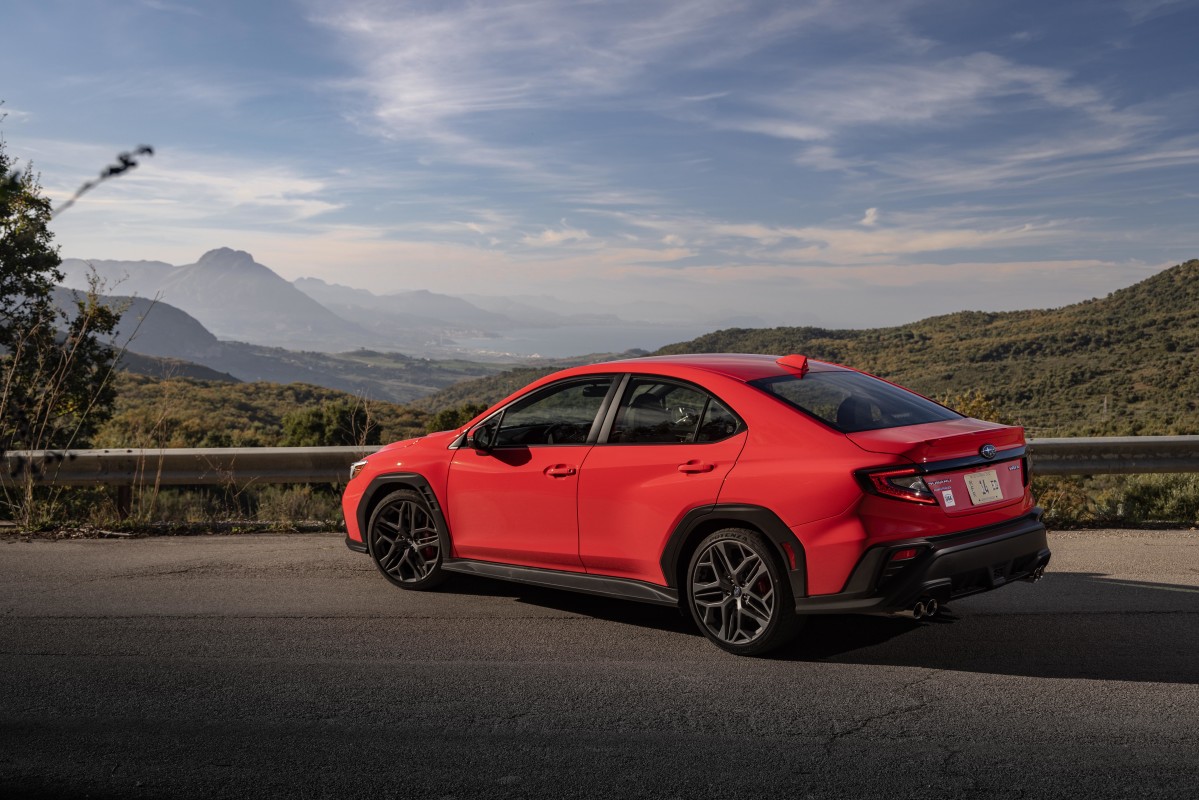
As noted earlier, the Mazda3 Turbo excels as a daily driver over the WRX due to better fuel efficiency, a comfy cabin, and an included automatic transmission. Nonetheless, I opted for the Subaru WRX personally. If you value these features less, even only a small amount When you take your sport sedan out of mundane city driving and onto twisty roads, the difference becomes clear: the Mazda3 Turbo falls short against the WRX. While both offer a six-speed manual as an option, the WRX excels with its overall handling characteristics. Its steering reacts more promptly and gives better driver input, offering a smoother and more thrilling acceleration range. Additionally, the WRX’s engine placement enhances weight distribution significantly, leading to much better performance through tight corners than what you’d experience with the Mazda.
Therefore, if your priority is having a reliable everyday vehicle that also offers engaging driving experiences, the Mazda3 Turbo might be the optimal choice. Conversely, should you seek a thrilling automobile that still functions effectively as a regular commuter, the Subaru WRX is exceptionally hard to surpass for those who value dynamic handling more than routine comfort.
